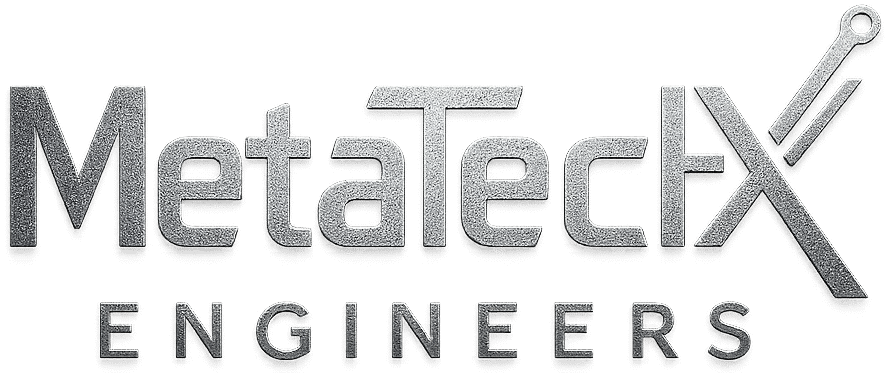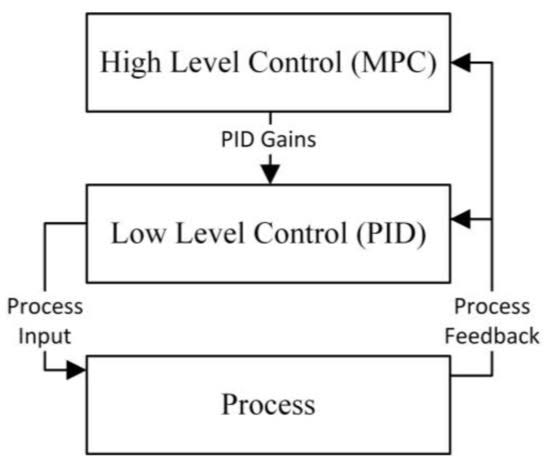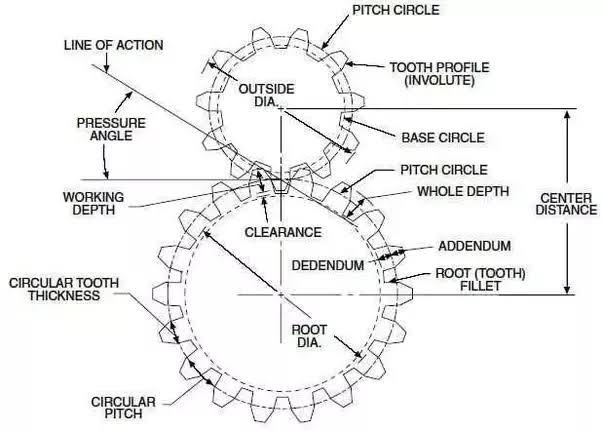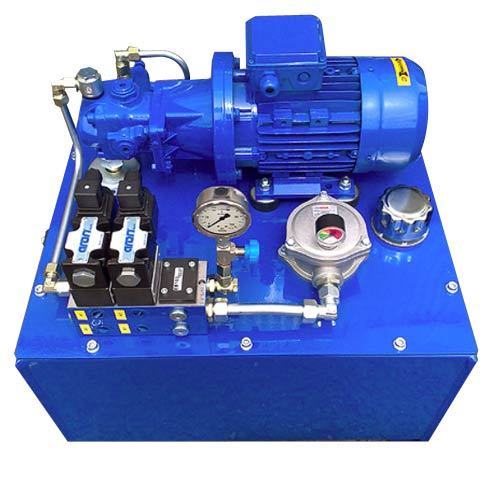Introduction : Hot rolling mills employ advanced control systems to ensure efficient and precise operations. Among the various control techniques, proportional-integral-derivative (PID) control and model predictive control (MPC) play significant roles in optimizing the hot rolling process. Let’s take a closer look at these control strategies and how they are utilized in hot rolling mills.
Proportional-Integral-Derivative (PID) Control Understanding PID Control – PID control is a well-established technique used in various industrial processes, including hot rolling mills. It combines three control actions – proportional, integral, and derivative – to regulate the output and maintain desired operating conditions. The goal of PID control is to minimize deviations from the setpoint, ensuring optimal performance.
Components of PID Control
Proportional (P) Control: This component adjusts the output in proportion to the difference between the desired setpoint and the actual value. It provides immediate corrective action and helps reduce steady-state errors.
Integral (I) Control: The integral component continuously sums up the error over time and adjusts the output accordingly. It eliminates offset errors and improves the system’s response to more complex disturbances.
Derivative (D) Control: This component considers the rate of change of the error and adjusts the output accordingly. It helps anticipate future changes, enhancing stability, and responsiveness of the system.
Application of PID Control in Hot Rolling Mills In the context of hot rolling mills, PID control is employed to maintain precise temperature, pressure, and speed conditions throughout the rolling process. By utilizing sensors and feedback mechanisms, the control system continuously monitors the parameters and adjusts the mill’s operating variables to stay within the desired range. For instance, in the case of temperature control, the PID controller adjusts the heating and cooling mechanisms to maintain the optimal rolling temperature. Similarly, in speed control, the PID control ensures consistent and accurate rotation of the rolls, enabling uniform material thickness and quality.
Model Predictive Control (MPC) in Hot Rolling Mill
Introduction to Model Predictive Control
Model Predictive Control (MPC) is an advanced control technique that utilizes mathematical models to optimize system performance within defined constraints. MPC considers process dynamics, predictive models, and constraints to predict future behavior and calculate the optimal control actions.
Benefits of MPC in Hot Rolling Mills
MPC offers several advantages over traditional control methods in hot rolling mills:
Enhanced Performance: MPC accounts for the system dynamics and future behavior, allowing better control over complex rolling processes. It improves product quality, reduces scrap rates, and optimizes energy consumption.
Predictive Capability: By incorporating predictive models, MPC considers future disturbances and variations, enabling proactive control action. It minimizes the impact of process variations on the final product quality.
Constraint Management: Hot rolling mills often have operational constraints such as temperature limits, mechanical stresses, or throughput requirements. MPC ensures compliance with these constraints while optimizing the overall process.
Adaptability: MPC can handle varying process conditions and adapt to changes in material properties or mill dynamics. It brings flexibility to the system, facilitating smoother transitions between different product specifications.
Implementation of MPC in Hot Rolling Mills
The successful implementation of MPC in hot rolling mills involves several crucial steps:
Modeling and Identification: Accurate mathematical models for the rolling process are developed, considering variables such as temperature, pressure, and material behavior. System identification techniques are used to estimate model parameters.
Controller Design: The predictive control algorithm is designed, utilizing the process model and desired performance objectives. Constraints and optimization criteria are defined to ensure safe and efficient operation.
Real-time Optimization: MPC continuously calculates the optimal control actions based on the current process state and the predicted future behavior. These actions are then implemented through the mill’s control system. Performance Monitoring and Feedback: The MPC system monitors the process variables, assesses performance, and incorporates feedback to make necessary adjustments. It ensures consistent and reliable control even in the presence of disturbances.
Conclusion : Proportional-integral-derivative (PID) control and model predictive control (MPC) are crucial control strategies employed in hot rolling mills to ensure efficient and precise operations. PID control provides immediate corrective action and minimizes deviations from setpoints, while MPC utilizes predictive models and constraints to optimize performance. By implementing these control techniques, hot rolling mills can achieve superior product quality, higher throughput, and improved energy efficiency.




